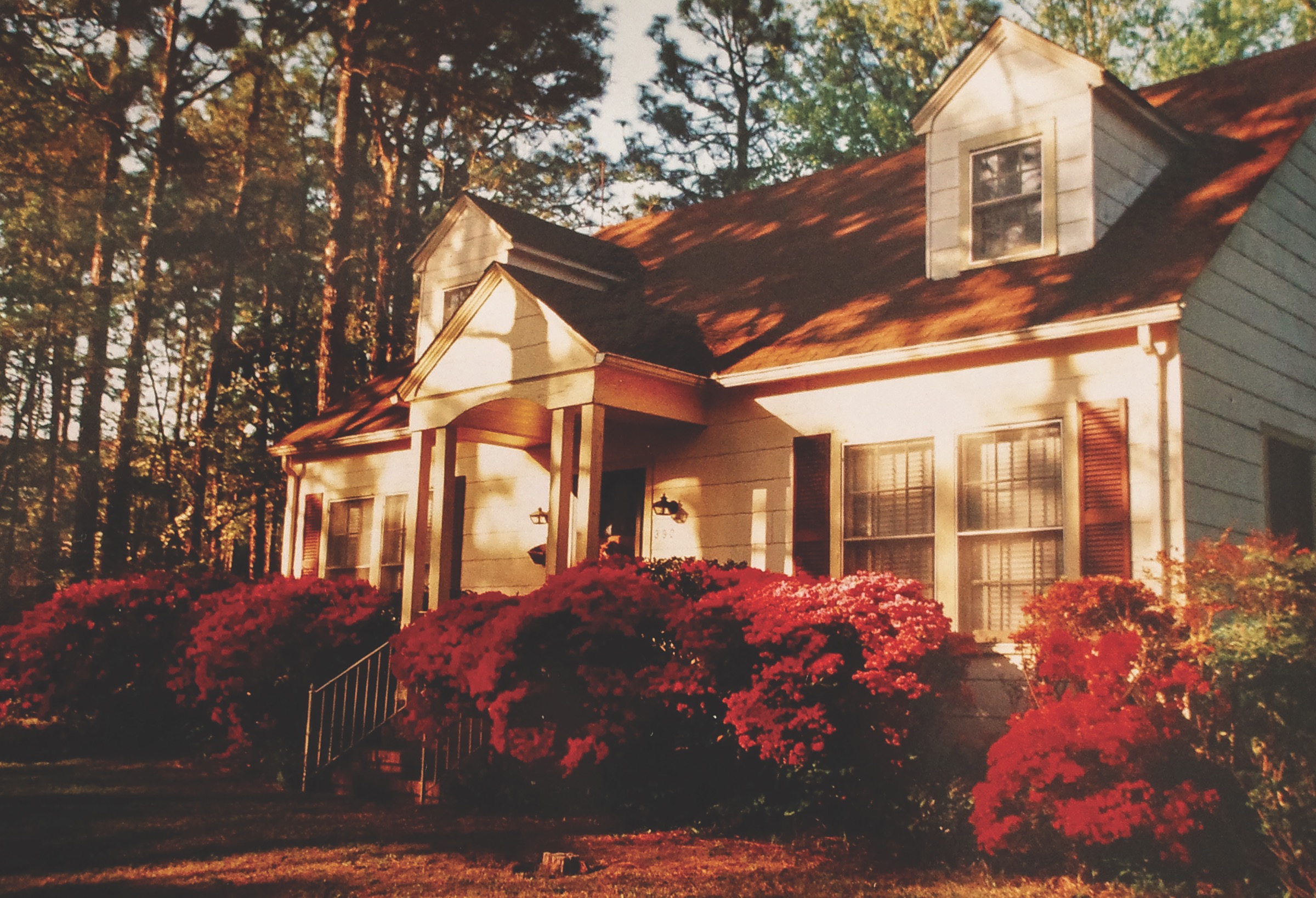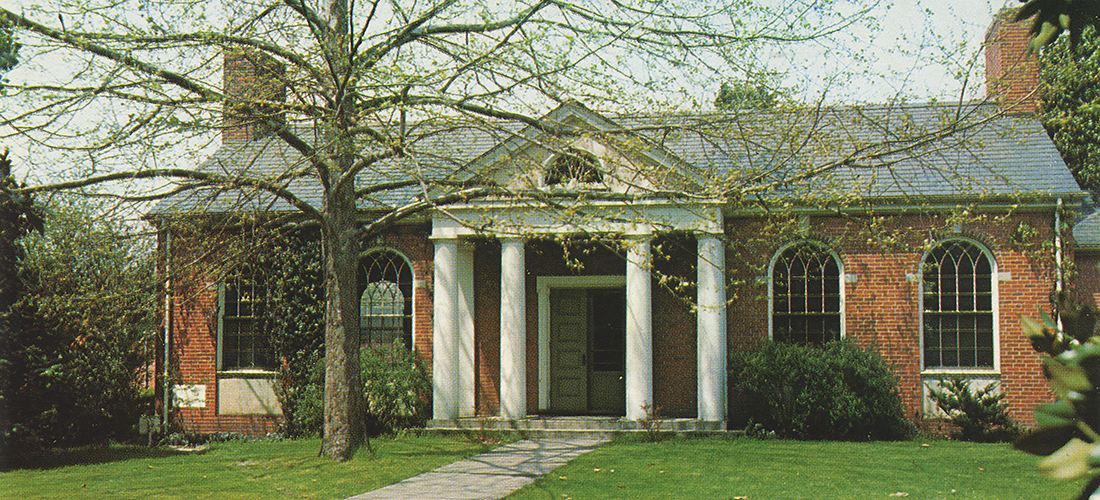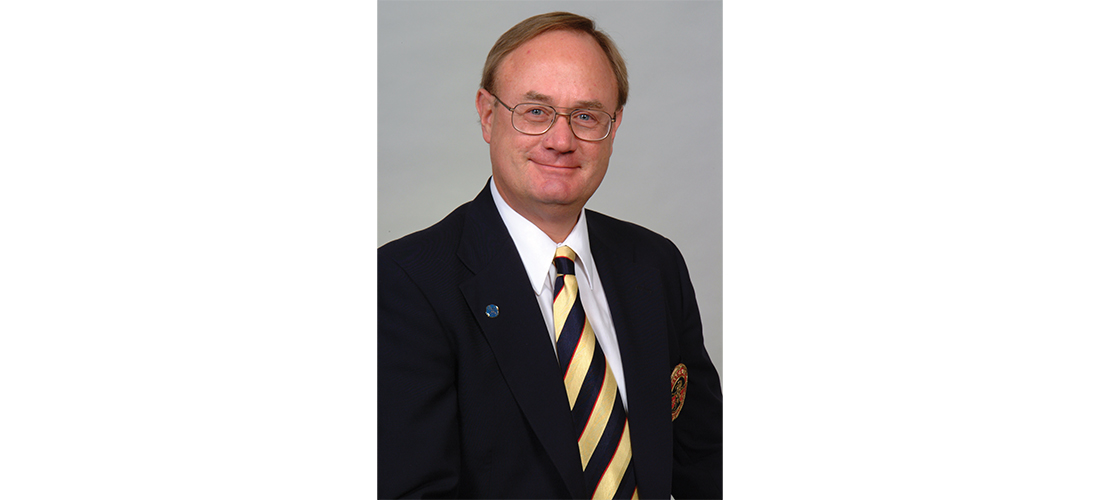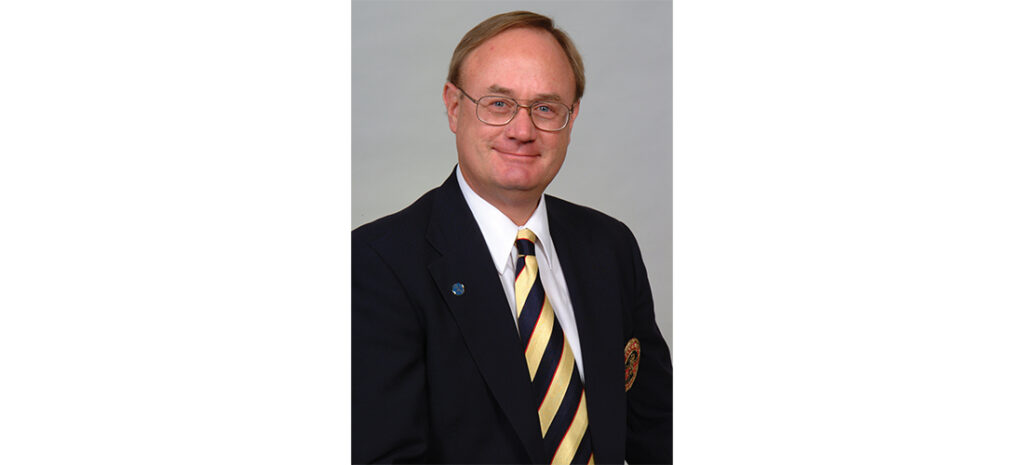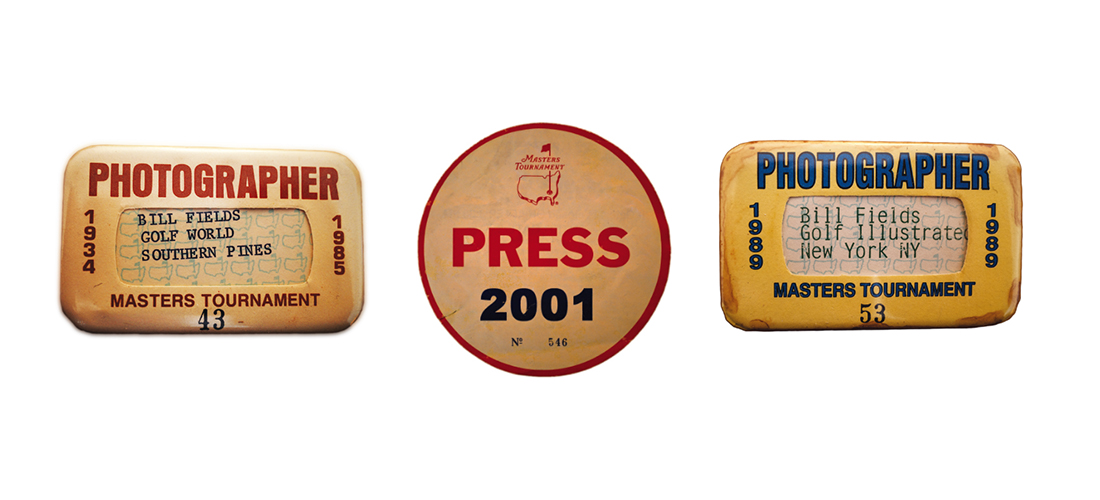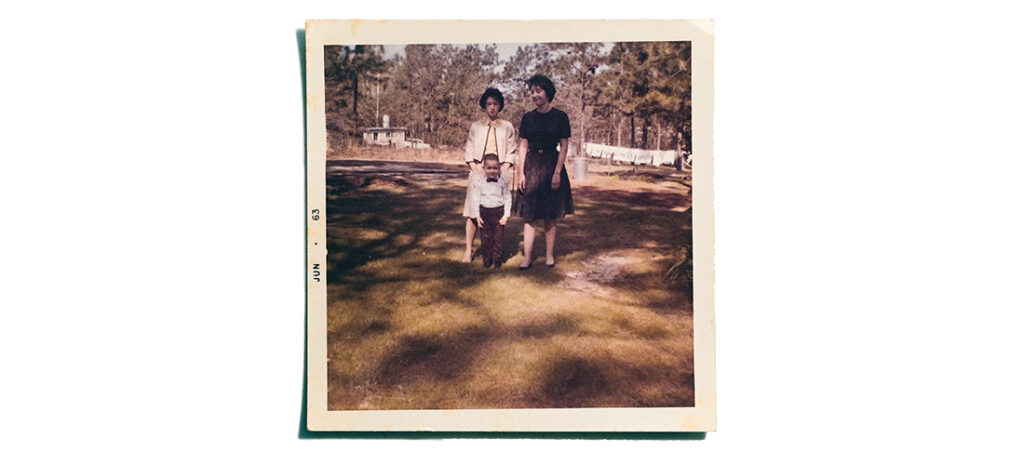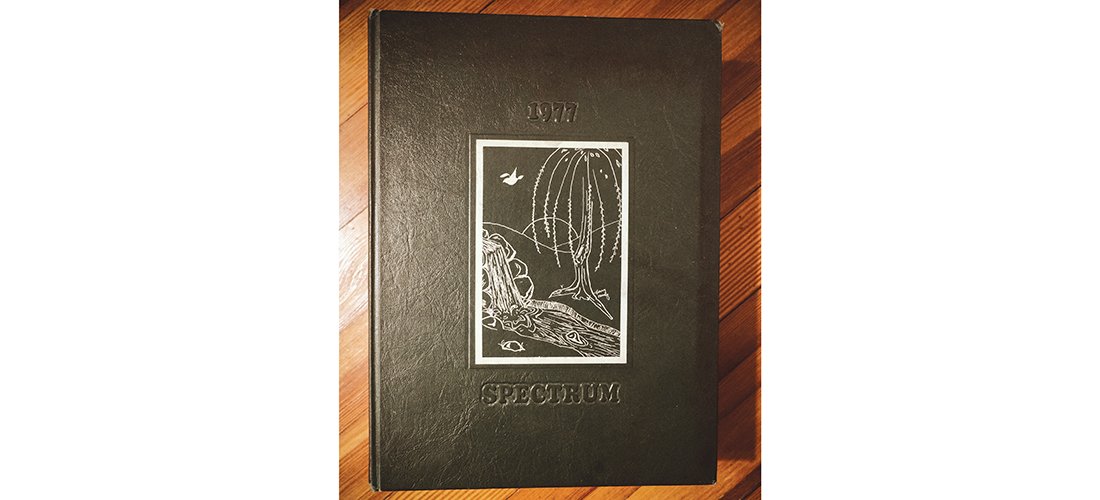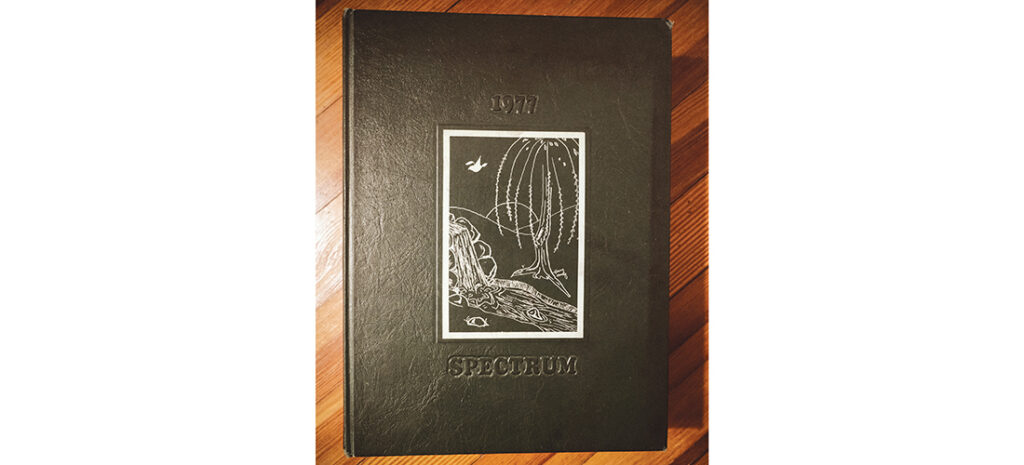HOMETOWN
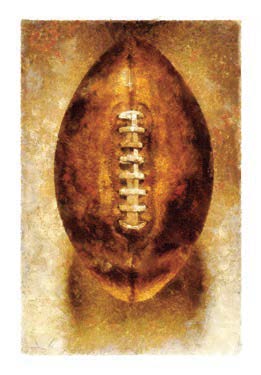
It Still Stings
Stuffed and trimmed on Thanksgiving
By Bill Fields
Inundated as we are with sports on television these days, it’s easy to forget that wasn’t always the case. Prior to cable television, college football teams weren’t playing on multiple nights of the week. Until Monday Night Football debuted in 1970, NFL games were, with rare exceptions, only on Sunday.
Thanksgiving was a longtime exception. Turkey Day college games were popular in the 19th century and have been a staple of the National Football League since its founding in 1920. When I was a sports-loving kid in the 1960s and ’70s, having a holiday football game to watch on TV was almost as big a treat as getting to eat my mother’s once-a-year dressing that went with the bird.
Fifty years ago, though, the pleasure of a big game on the tube gave way to the pain of its outcome. Thinking about the events of that Thanksgiving still gives me indigestion.
By 1974 I had been a Washington Redskins (now Commanders) fan — there were a lot of us in North Carolina back then — for about a decade, a period marked mostly by frustration. My football hero, quarterback Sonny Jurgensen, was great, and so was his favorite receiving target, Charley Taylor. But the team from old D.C. always seemed to be missing some puzzle pieces. Things seemed poised for change when Vince Lombardi became coach in 1969, but the former Green Bay mastermind died just a year later. It would be up to George Allen, who came east from the Los Angeles Rams in 1971, to build on Lombardi’s positive impact. The Redskins made it all the way to Super Bowl VII after the 1972 season, losing to the undefeated Miami Dolphins.
Through wins and losses, the common thread for Washington players and supporters was disdain for the Dallas Cowboys, our opponent on Thanksgiving Day 1974. The Cowboys had been NFC East champions for five straight years until Washington dethroned them in 1972 on the way to the Super Bowl. Dallas was back on top in 1973.
Prior to the Washington-Dallas Thanksgiving tilt at Texas Stadium, which came 12 days after the Redskins beat the Cowboys 28-21 in D.C., Redskins defensive end Bill Brundige summed up the rivalry this way: “They hate our guts, and we hate theirs.”
One of Brundige’s comrades on the defensive line, Diron Talbert, was particularly salty in talking about the Cowboys’ star quarterback, Roger Staubach. “If you knock him out,” Talbert said, “you’ve got that rookie facing you. That’s one of our goals. If we do that, it’s great. He’s all they have.”
“That rookie” was strong-armed Clint Longley from Abilene Christian University, who hadn’t taken a snap all season but was thrust into action after Staubach was knocked out (literally) early in the third quarter and Washington was ahead 16-3. With such a lead and a seeming liability behind center for Dallas, the visitors were in an enviable spot. “Get in,” Cowboys coach Tom Landry told the 22-year-old after he found his helmet. “Good luck.” But as Staubach sat dazed on the bench, Longley was dazzling on the artificial turf.
Longley led one scoring drive, then another. Still, Washington led 23-17 with time running out. It looked like the dreaded Cowboys were going down despite the admirable efforts of the backup QB, and my Thanksgiving night turkey sandwich was going to be a celebratory meal.
Then, with only 28 seconds left, given lots of time in the pocket, Longley threw a 50-yard strike to wide receiver Drew Pearson, who had streaked past defensive backs Ken Stone and Mike Bass to get wide open to catch Longley’s perfect pass and glide into the end zone. Efren Herrera’s extra point made it Dallas 24, Washington 23.
As Washington frantically tried to move into position to give Mark Moseley a field goal attempt, quarterback Billy Kilmer was hit by Jethro Pugh and fumbled. That Jurgensen, in his final season, wasn’t in the game to have a chance for his golden arm to pull off a miracle made it even worse for a devotee of Number 9 in burgundy and gold.
“I don’t know what to say,” Allen said. “It was probably the toughest loss we ever had.”
A half century later, you’ll get no argument from this fan.

